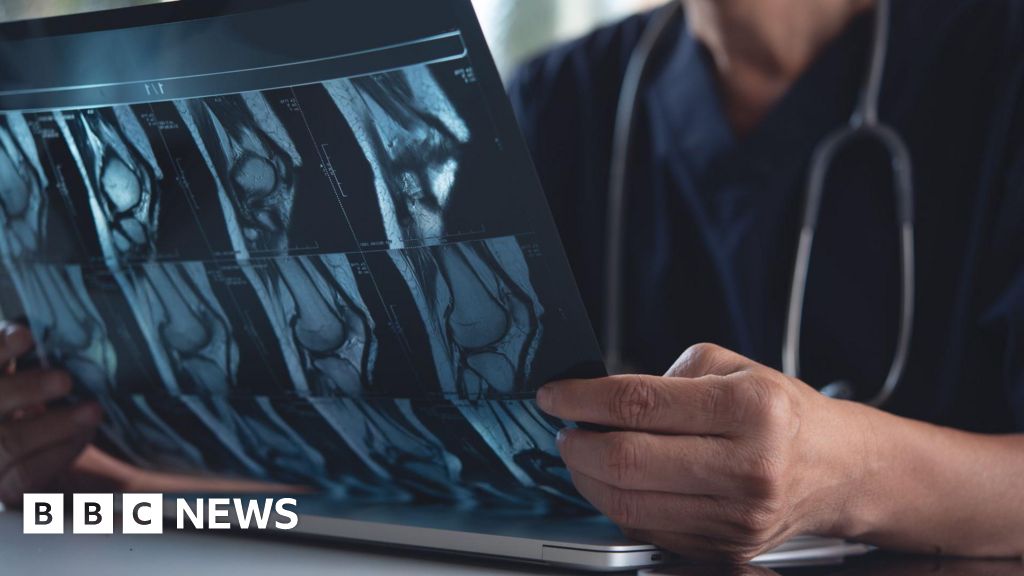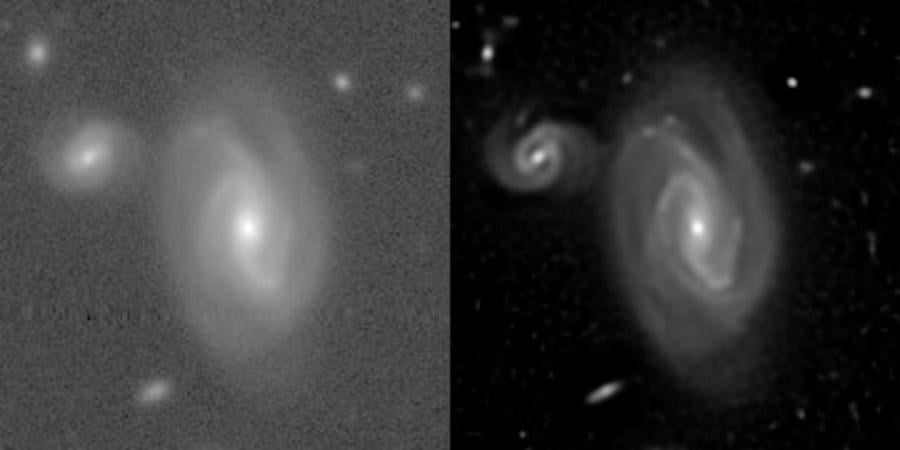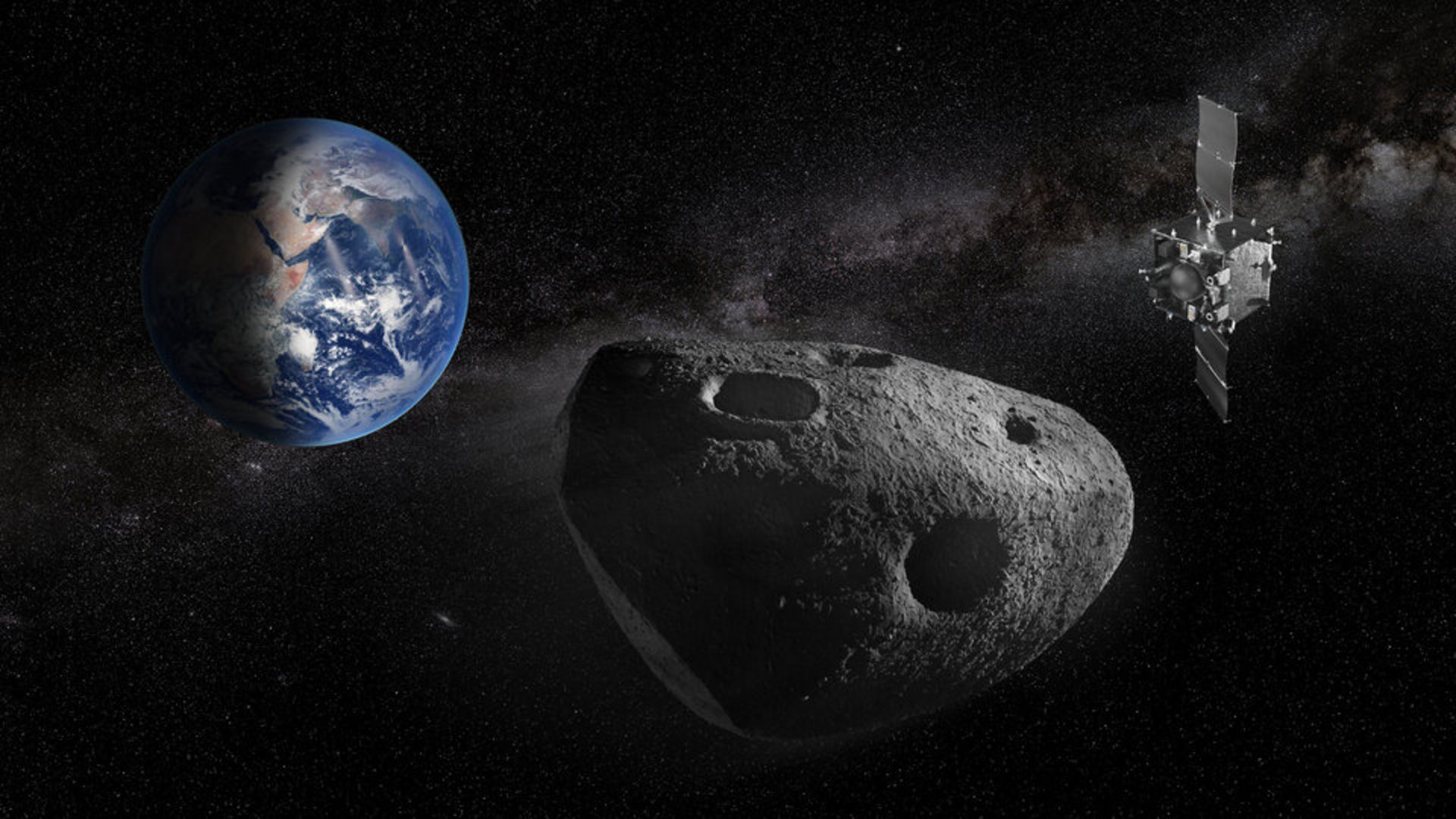As humanity sets its sights on Mars and other deep-space destinations, questions around human reproduction beyond Earth are emerging. Could a baby be conceived, carried to term, and delivered safely in space? A recent scientific analysis reveals the deeply complex and largely unpredictable risks surrounding space pregnancy and childbirth.
Life Before Birth is Already A Fragile Journey
Even on Earth, pregnancy is far from guaranteed. Roughly two-thirds of human embryos don’t make it to birth, often failing during the first few weeks—before many even realize they’re pregnant. These losses typically occur when an embryo fails to develop properly or doesn’t implant successfully in the uterine wall.
According to Arun Vivian Holden, Emeritus Professor of Computational Biology at the University of Leeds, pregnancy is “a chain of biological milestones” where each stage must succeed in order for the next to begin.
When we apply this fragile sequence to the environment of space, new challenges appear. Microgravity—commonly experienced during spaceflight—might not prevent implantation once it occurs. But it could make physical intimacy and conception itself significantly more complicated. Once pregnancy is established, maintaining it in weightlessness is theoretically possible. Yet the process of giving birth in microgravity is something else entirely.
Childbirth Without Gravity Presents Serious Logistical Hurdles
Microgravity fundamentally changes how fluids behave—and that includes amniotic fluid, blood, and even a newborn. In space, nothing stays where it’s put. That could make delivery chaotic and unsafe. On Earth, gravity assists in everything from the mother’s positioning during labor to the natural mechanics of feeding and caregiving. In orbit or on a Mars-bound spacecraft, these basic functions would demand entirely new tools, systems, and training.
Interestingly, the fetus itself develops in a womb filled with amniotic fluid, offering a kind of natural suspension that’s somewhat comparable to microgravity. Astronauts even train in large water tanks to simulate zero gravity, highlighting the similarity. But the analogy only goes so far. Once born, a baby would still have to learn to interact with its environment—without the help of Earth’s gravitational cues.
Radiation is The Silent Threat In Space
Microgravity may be a challenge, but radiation is a much more insidious threat. Earth’s atmosphere and magnetic field shield us from most cosmic rays—high-energy particles that zip through space at nearly light speed. These particles are often just bare atomic nuclei, made up of protons and neutrons stripped of electrons. When they pass through the human body, they can wreak havoc at the cellular level.
In early pregnancy, when embryonic cells are dividing rapidly and forming essential tissues, this kind of radiation exposure can be especially dangerous. “A single hit from a high-energy cosmic ray at this stage could be lethal to the embryo,” Holden warns. Fortunately, such rays are relatively rare and the embryo is quite small in the earliest weeks. Still, the chance of an unnoticed miscarriage remains a concern.
As pregnancy progresses, the fetus grows—and so does the danger. The enlarging uterus becomes a bigger target for radiation. A cosmic ray striking the uterine muscle could potentially trigger premature contractions. In a setting where neonatal intensive care is unavailable, premature birth becomes far more dangerous.
Life After Birth In Space Poses Long-term Developmental Concerns
Birth is not the finish line for human development—it’s just the beginning. A newborn in space would continue growing under microgravity, which could significantly alter key developmental milestones. Basic motor skills like lifting the head, sitting, crawling, and walking rely on postural reflexes tied to gravity. In an environment where the concept of “up” or “down” doesn’t exist, these instincts might not form as expected.
Moreover, the brain remains in active development well after birth. Prolonged exposure to cosmic radiation could interfere with cognitive growth, memory formation, behavioral patterns, and long-term neurological health.
These are not small risks. They are foundational to the ability of a child to grow and thrive. While it may be possible in theory for a baby to be born in space, the reality is far from routine.
Source link


